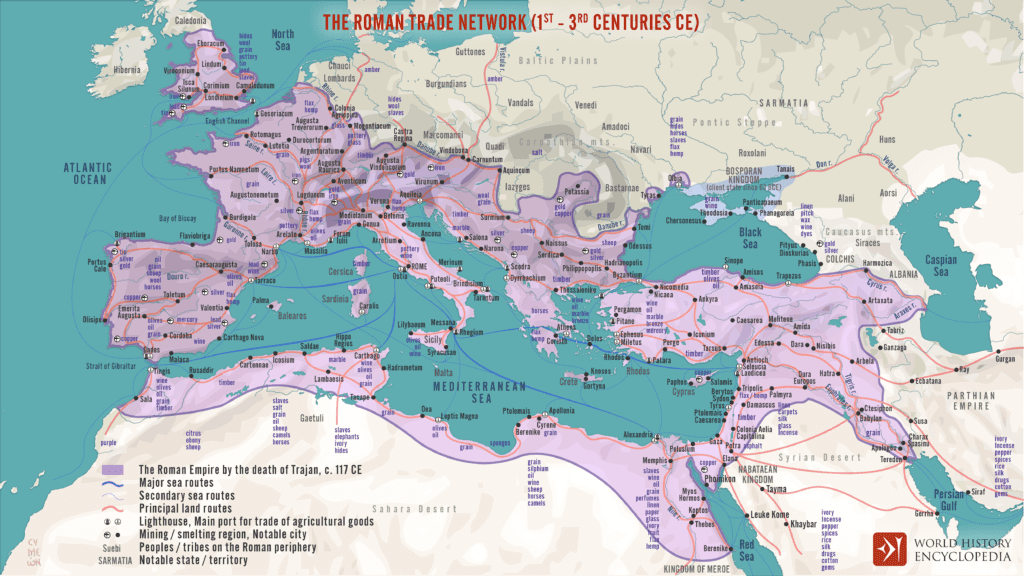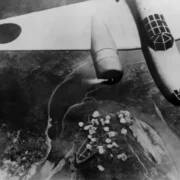Roman roads are a lasting testament to the skill and innovation of ancient Romans. In this article, we’ll explore the significance and impact of these roads and how the innovation of Roman roads in ancient Rome revolutionized society.
Also check out: Flying High in History: The Evolution of the Early Airplanes
A Connected Empire
Roads were an integral part of the Roman Empire, a network of routes that stretched approximately 85,000 kilometers at its peak. They served as the arteries of the empire, connecting cities, provinces, and distant regions. The integration of the empire was crucial to maintaining control over its vast territories and populations, enabling the rapid movement of messengers, merchants, and troops, ensuring the empire’s cohesion.
Engineering and Innovation in Road Construction
The construction of roads was a monumental task, executed with care and ingenuity. They were carefully planned and paved with massive stones, resulting in a durable and uniform surface. The famous “Via Appia” is a notable example of this technology, renowned for its solidity and longevity.
In addition to high-quality paving, roads incorporated remarkable engineering innovations. To overcome topographical challenges, Roman engineers used gentle curves, built bridges, and dug tunnels. This allowed roads to be constructed in mountainous and swampy areas, making them accessible year-round. These advanced techniques showcased the Romans’ ability to efficiently solve engineering problems.

Boosting the Roman Economy
Roman roads were not just military transportation means but played a fundamental role in the growth of trade and information dissemination. They were vital for expanding the Roman economy, facilitating the flow of goods, culture, and ideas throughout the empire. Merchants could travel more quickly and safely, fostering internal and international trade. These roads made the diffusion of cultures, religions, and technologies possible, contributing to the wealth and diversity of the empire.

A Lasting Legacy of the Roman Road
The legacy of Roman roads remains vivid today. Many of them are still in use or have been incorporated into modern road systems, demonstrating their durability and effectiveness. These ancient roads continue to connect cities and regions throughout Europe, highlighting the importance of well-designed and constructed infrastructure.
Moreover, the impact of Roman roads on Roman society and subsequent civilizations is undeniable. They influenced road construction worldwide, including England’s famous Roman highways and the paved roads in the United States. The legacy of Roman roads can be seen in the modern road network, an essential part of daily life.

Conclusion
Roman roads represented a pioneering technological innovation in ancient Rome, connecting vast territories, boosting trade, and establishing a foundation for future infrastructure developments. Their meticulous construction and durability testify to Roman ingenuity. This legacy continues to shape the present world, underscoring the importance of well-planned and constructed infrastructure for societal development and integration. Roman roads are a lasting example of the power of engineering and the vision of a civilization that made an indelible mark on history.










